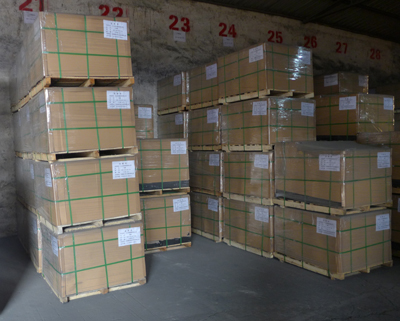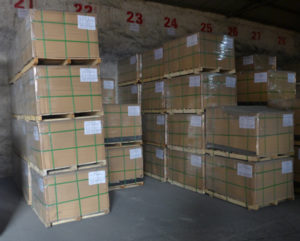How to Improve the Anti Flaking Performance of Low Carbon Magnesia Carbon Brick

The problem of low carbon magnesium carbon brick is its poor anti spalling performance. According to actual observation, spalling failure of fused reduced magnesium carbon lining is also a main reason for stopping the furnace during operation. The reason for spalling is that MgO aggregate is packed tightly and the contact frequency between particles is high.

After being treated or used at high temperature, the modulus and strength of MgO are significantly increased, and the anti spalling performance of low carbon magnesium carbon brick will be significantly reduced. Therefore, how to improve the dispersity of carbon in low carbon magnesia carbon brick becomes an important subject for designing this kind of magnesia carbon brick.
How to improve the anti flaking performance of low carbon magnesia carbon brick, please follow me in the four parts:
- By using flake graphite, the contact area between graphite and MgO particles is increased, and magnesite particles are separated to reduce their contact frequency, so as to improve the thermal shock resistance of low carbon magnesium carbon brick.
- The thermal shock resistance of low carbon magnesium-carbon brick was improved by using the micro-refinement of graphite particles to increase the dispersion of graphite to separate the magnesite grains and reduce the contact frequency between them.
- Nanometer technology is applied to produce low carbon magnesium carbon brick with nanometer carbon particles, such as carbon black, or with special high carbon residue organic resin as the binding agent.In the former case, micro carbon particles from black carbon were uniformly distributed in low carbon magnesia carbon bricks, and the results significantly improved the thermal shock resistance of low carbon magnesia carbon bricks.
The latter is to completely cover the magnesite particles by the tiny carbon particles obtained during the carbonization of the binding agent, so that the contact between the magnesite particles is separated by the continuously distributed fine carbon particles, thus inhibiting the increase of the elastic modulus of the low carbon magnesia carbon brick after burning, increasing its strength rapidly and improving its anti-spalling performance.
- By adding carbon fiber with nanometer diameter to the low carbon magnesium carbon brick, the direction of the diffusion crack changes or some energy consumption due to carbon fibers drawing effect, thus increasing the toughness of low carbon magnesium carbon brick.
Above the technology has been applied in the development of low carbon magnesia carbon brick and is an important measure to improve the anti flaking performance of low carbon magnesia carbon brick.



